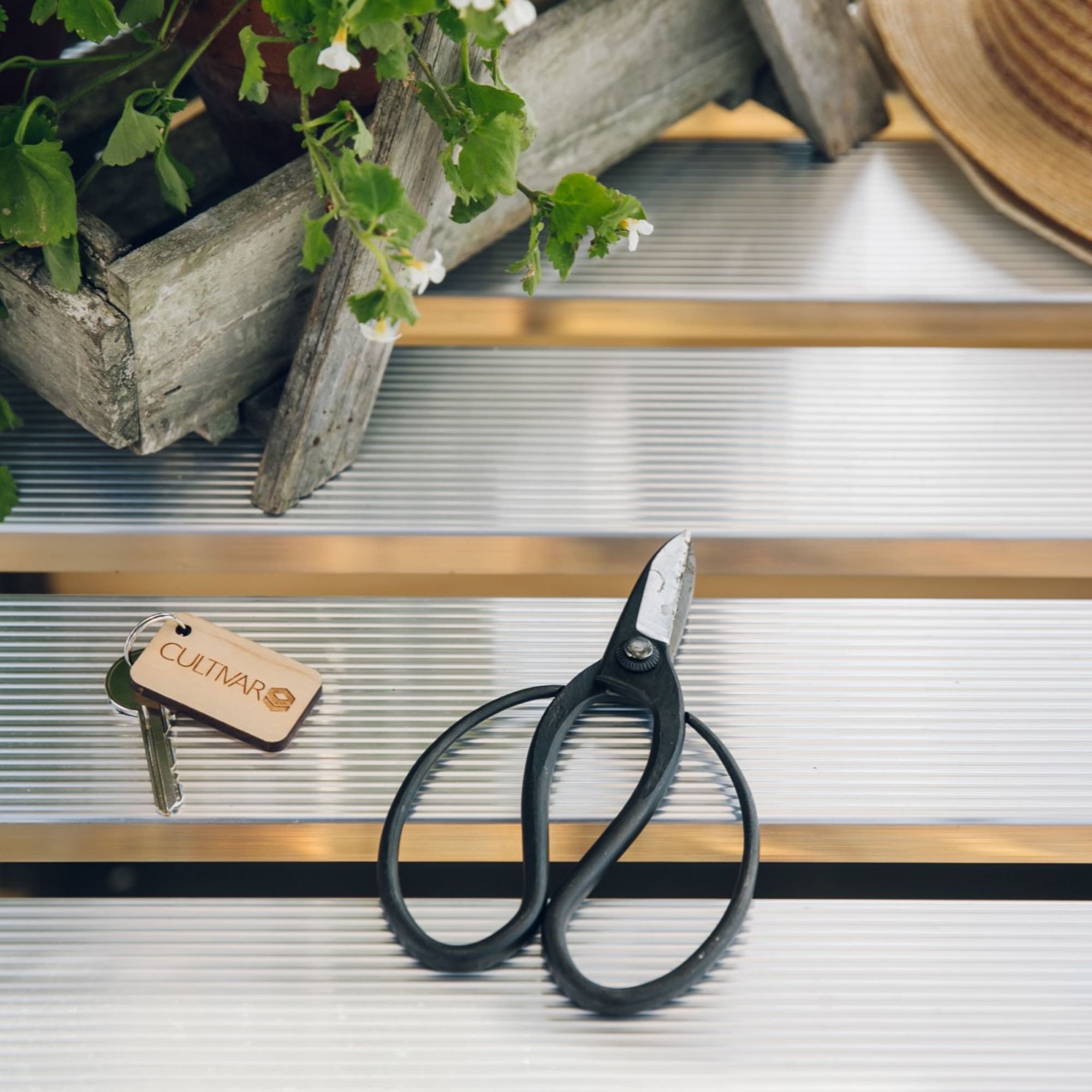
You'll be hard-pushed to find a person that doesn't like peonies. The only downside to this floral favourite is its cost - peony season is beautifully fleeting, but purchasing them weekly is unsustainable for our wallets. The answer? Learn how to propagate peonies from cuttings.
Whether you want peonies to grow in abundance in your garden or sit in a vase on your fireplace, learning how to grow peonies yourself is the way to go. Aside from the obvious benefit of saving money, you get the satisfaction of nurturing the plant and watching it sprout into a beautiful flower - even more so when you learn how to propagate peonies from cuttings.
But how easy is this process, and can anyone do it? There are a few steps involved, and you'll need to exercise a little patience - but learning how to propagate peonies from cuttings is incredibly rewarding, and well worth it when you see the beautiful flowers at the end.

How to propagate peonies from cuttings
While propagating peonies from cuttings isn't as easy as growing ginger from shop bought, it's still very much doable. We've asked the experts to share their top tips and put all their advice into a step-by-step guide. Here's everything you need to know about how to propagate peonies from cuttings.
What you'll need
- Healthy peonies from which you can take cuttings - you'll likely need to track down a good friend who is happy to supply you with some cuttings but remember to always ask before snipping.
- Secateurs - browse Amazon's range of secateurs
- Rooting hormone for cuttings - to encourage root growth. You can find rooting hormone powder on Amazon
- Plant pots - stock up at Argos
- Well-draining soil - you can buy soil in bulk at Amazon
1. Choose your cuttings
Just like when learning how to grow mint from cuttings, you'll first need to chose the best peony cuttings in order for them to propagate beautifully. Choose half-ripe cuttings, which is when the tip of the stem is still actively growing but the middle is beginning to harden. Ideally, the stems will have around two to three nodes (nodes are the areas on a stem where buds are located).

2. Cut the plant

Next, collect your cuttings by trimming them with your secateurs - we recommend the Gonicc 8" Professional Secateurs, currently £22.96 at Amazon. Cut just below a node at a 45 degree angle, and to a length of between 10 and 15cm. You should also remove the leaves from the bottom half of the cuttings, as these can interfere with root growth.
3. Dip the cutting into rooting hormone
Dip the cutting's end into rooting hormone powder to encourage root growth. Using a root hormone, like the Doff Natural Rooting Powder, £4.33 at Amazon, will make a huge difference when learning how to propagate peonies from cuttings. Your chances of success will be increase, so don't be tempted to skip this part.
4. Fill your pot

Grab your plant pot - or pots, depending on how many peonies you're growing - and fill with a moist, well-draining soil. You can learn how to make compost and use this, or browse Amazon's selection of soil if you prefer. The soil (and pot) needs to be at least 3cm in depth.
5. Plant your cuttings
Place your cuttings into your pot, leaving at least 3 cm between each one. 'Make sure to position the cutting so that the node where a leaf joins the stem is at or just below the compost's surface,' says Oliver.
6. Nurture is key
Just like when learning how to grow lemon tree from seed, your peonies are best placed in a warm, moist environment. Water the cutting regularly and place it in a well-lit, warm area but out of direct sunlight.
'It's also beneficial to cover the pot with a clear plastic bag to create a humid environment which is beneficial for root development,' Oliver says. 'Remember to keep the compost moist but not waterlogged.'
Watering little and often is best, otherwise you'll have to learn how to save an overwater plant, which isn't what you want.

7. Be patient!

Learning how to propagate peonies from cuttings is an exercise in patience - more so than learning how to grow basil from shop bought for example. It may take several weeks or even months before you see any signs of root development, depending on the conditions. Water regularly and keep the plant as warm as possible to encourage growth.
Keep an eye on your peonies. Once you start to notice new growth from the stem, you'll know the roots have started to develop. They'll also be resistant to gentle tugging. At this point you can transfer your peonies to a larger pot or directly into your garden border ideas.
8. Long term care
'Once the plant is established, ensure it gets full sun for at least six hours a day and is watered deeply once a week during dry periods,' Oliver says. 'Also, keep in mind that peonies don't like to be moved once established, so choose your planting spot carefully.'
FAQs
How long does it take for peonies to root?
'Peonies are slow-growing plants and they require considerable patience when it comes to rooting,' says Oliver Hill. 'Depending on the method you use, it can take anywhere from several weeks to several months for a peony cutting to root.'
There are some things you can do to encourage root growth, such as dipping the cuttings in a rooting hormone powder. It's also important that peony cuttings have a moist, warm environment to grow in, so if the weather conditions aren't ideal, wrap a plastic bag around the plant to create a greenhouse effect.
'Peonies will actually establish a vigorous root system after two years, and they’ll usually flower the first year,' explains Fiona Jenkins, Gardening Expert, MyJobQuote. 'In the second year, they will increase in flower and plant size.'
Given how long peonies take to root from seed, it's no wonder that patience is needed when learning how to propagate peonies from cuttings.
How do you divide peony roots?
When it comes to dividing peony roots, the process is typically undertaken in the autumn when the plants are dormant. Gardening expert Oliver Hill gives the following step-by-step advice on how to do it:
- Preparation: Water the peony plant a day before the division to soften the soil and minimise stress to the plant.
- Digging up the plant: Carefully dig around the plant, ensuring you don't damage the roots. Once you have loosened the soil, lift the plant out of the ground.
- Cleaning: Gently remove as much soil as possible from the roots. If needed, rinse the root ball with water to reveal the roots and eyes (the buds that grow into stems).
- Division: Look for natural divisions in the root system. Each division should have at least three to five eyes. Use a sharp and clean knife to cut through the roots.
- Replanting: Dig a hole that's deep and wide enough to accommodate the roots comfortably in their natural spread position. The eyes of the root should be 1-2 inches below the soil surface. Backfill the hole and firm the soil gently around the roots. Water thoroughly.
- Follow-up care: Make sure the newly planted divisions are watered well and regularly until they establish. Protect them from severe weather conditions and be patient - it may take a couple of years for them to flower again after division.
Now you know how to propagate peonies from cuttings, will you be adding these beautiful floral favourites to your plant collection?







